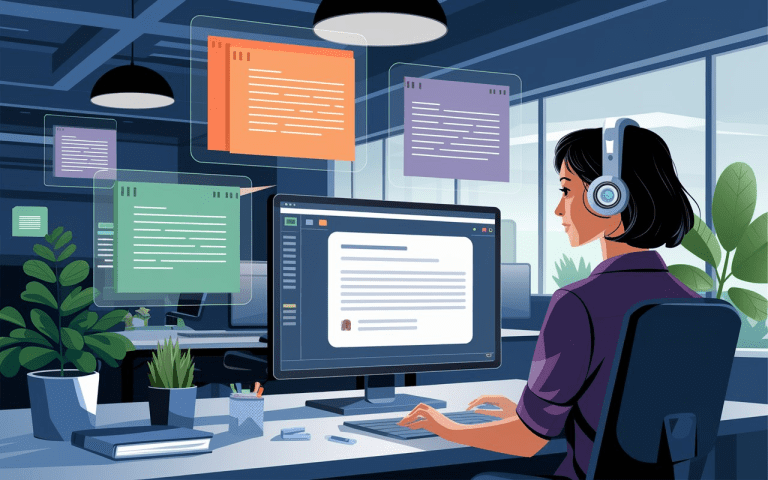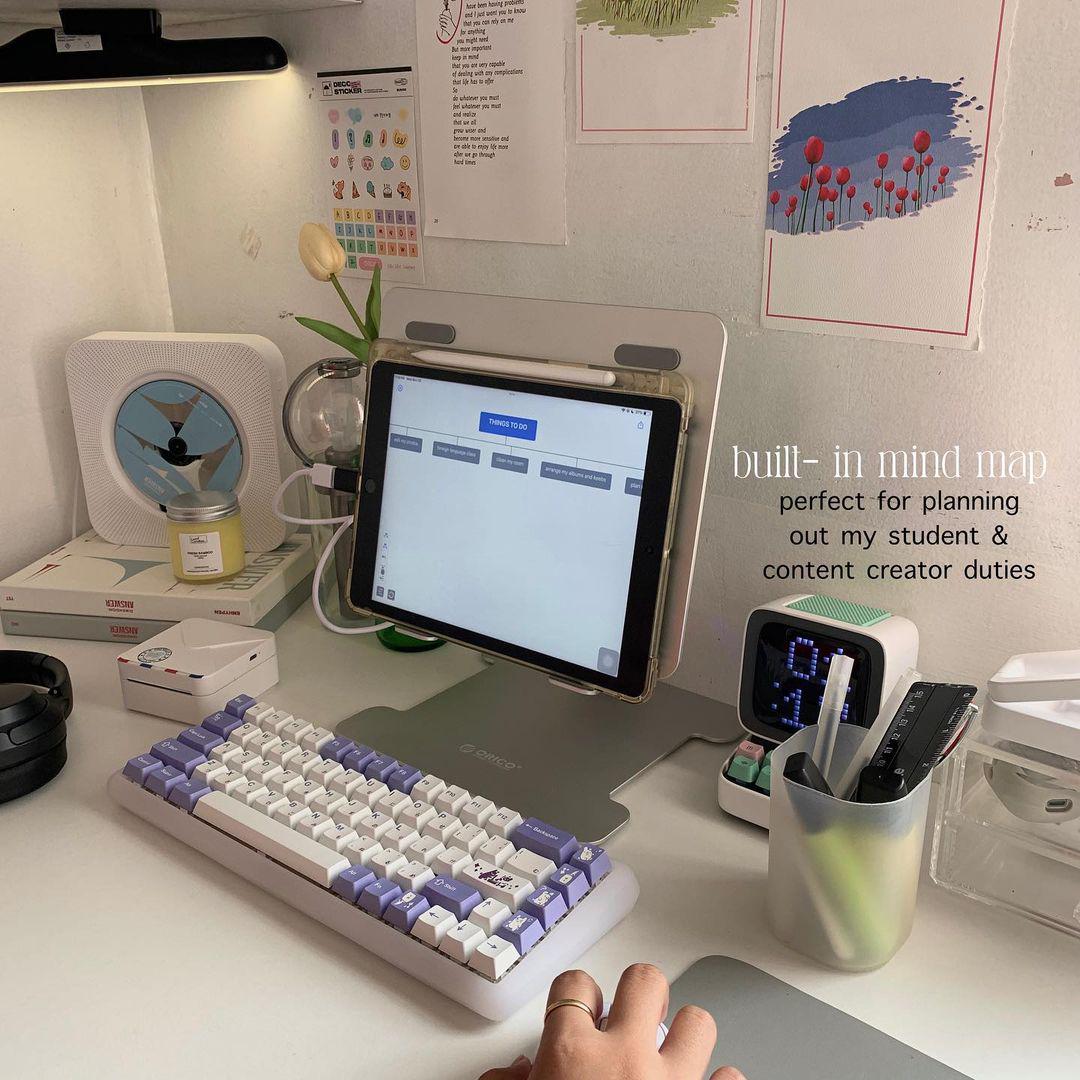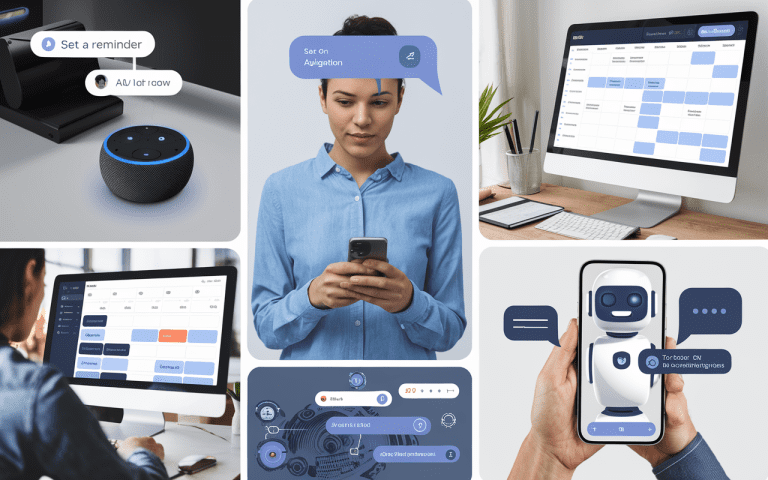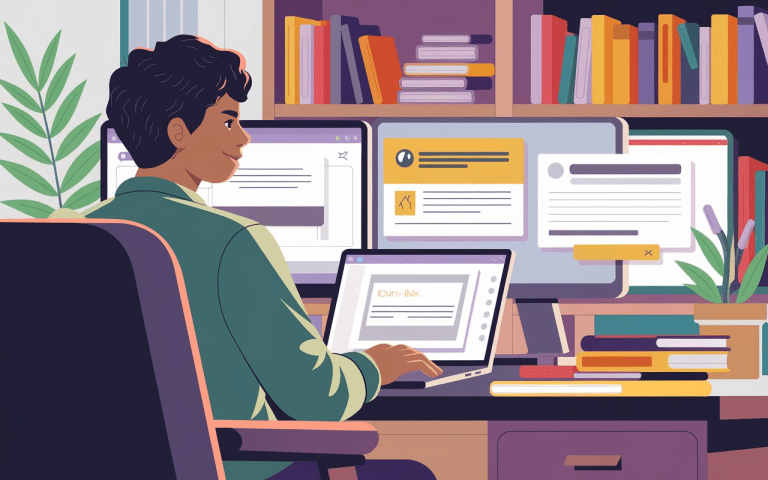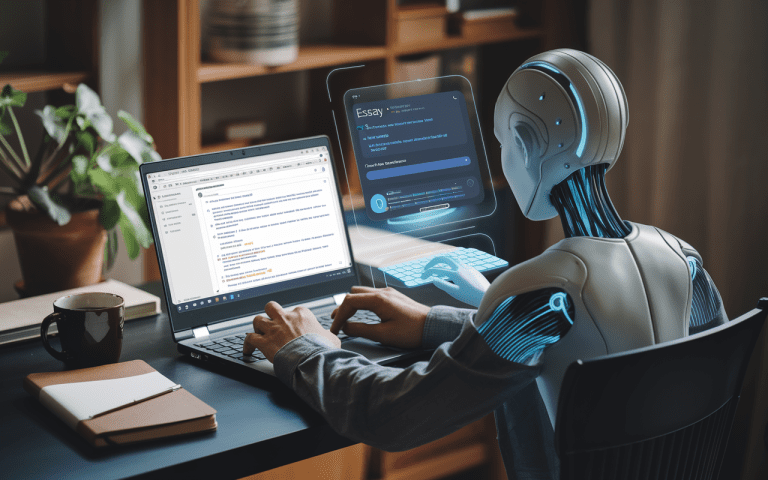Letter Writer: Tips and Techniques
Nowadays, letter writing might seem old-fashioned. Like, who still does it? Yet, it’s still a key skill for both personal and work life. The question is, how can you improve your letter writing to make a strong impression? This a tips of letter writer for you.

This article will give you expert advice to become a better letter writer. You’ll learn writing etiquette, how to write letters that grab attention, clearly share your message, and make a lasting impression.
Main Points
- Let your words flow like a heart-to-heart talk – honest, straight from the gut, no corporate robot speak.
- Take a breath and think: who’s on the other end of these words? What keeps them up at night?
- String your thoughts like pearls on a necklace – big gem first, then guide your reader through each precious point.
- Employing engaging writing techniques, such as using pronouns and tailoring the tone, can create a stronger connection with the reader.
- Consistently editing and proofreading your letters ensures they are polished, professional, and free of errors. Effie can help you streamline this process, giving your writing an extra polish.
Identify Your Audience for Letter Writing
When writing a letter, knowing your audience is key. You need to think about who the main recipient is and who else might read it. This helps you make a message that hits home and gets your point across.
Understand the Reader’s Needs
Your audience can be anyone from a friend to a professional. It’s determined by knowing whether you’re writing for personal letters or business letters. Each reader has their own needs and what they expect. For instance, writing for yourself might mean organizing your thoughts first. But, if you’re writing for a teacher, you’ll need to show you’ve done your homework.
Talking to fellow students? Meet them where they are – no need for fancy jargon they won’t get. You should give them enough background and info. And when you’re writing for a wider audience, make sure your arguments are clear to everyone, not just experts.
Consider Additional Readers
Don’t forget about people who might see your letter too. This could be neighbors, local leaders, or others with different views. Knowing what they might think helps you write a letter that meets their needs.
| Audience Type | Considerations for the Letter Writer |
|---|---|
| Personal Correspondent | Focus on organizing thoughts and ideas before sharing them. |
| Instructor | Ensure the letter reflects thorough research, assignment guidelines, and careful proofreading. |
| Fellow Students | Provide appropriate context and information based on their knowledge level. |
| General Readers | Present evidence and reasoning that is accessible to a diverse audience, not just experts. |
| Secondary/Additional Readers | Anticipate and address the concerns of individuals or groups who may view the letter. |
By identifying your audience and understanding their needs, you can write a letter that truly connects to your correspondence. It will speak to your readers in a way that matters.

Organize Letters Effectively
When writing letters, keeping things organized is crucial. Start with your main message right away. Studies show that people usually look for the main point first.
After that, add an overview sentence to summarize your content. This sentence acts as a guide, showing the reader what to expect next.
This method makes your letter writing both clear and effective. It lets the reader quickly get the important details. Effie’s AI assistant can help you organize and summarize your thoughts, ensuring your letter flows smoothly while maintaining clarity.
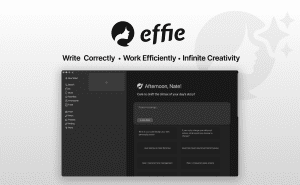
Start with the Main Message
Start your letter by clearly stating the main message. This sets the tone and tells the reader what you’re about to say. It could be a request, an update, or thanks.
Leading with your main message keeps your letter focused and powerful.
Use an Overview Sentence
After your main message, include an overview sentence. This sentence briefly outlines the main points you’ll cover. It helps the reader know what to expect and understand your letter better.
Using an overview sentence shows you’ve thoughtfully organized your letter. It shows you care about the reader’s experience.
Letter Writer: Employ Engaging Writing Techniques
Good letter writing is more than just sharing facts. It’s about grabbing the reader’s attention with clever writing tricks. Using words like “you” and “we” helps make the letter feel personal and engaging.
When you talk directly to the reader with these words, you build a stronger connection. It makes them feel important and understood. Effie’s tone-adjustment feature can help tailor your writing for different audiences, making sure the tone is always appropriate.
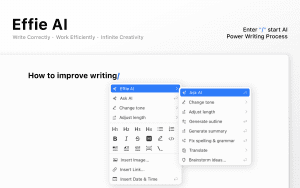
Use Pronouns to Connect with Readers
Using pronouns wisely can make your letter sound better and work harder. Here are some tips:
- Why say “The company proudly presents” when you can just say “We’re excited to show you”? Drop the stuffy corporate mask.
- Skip “Customers will receive top-notch support” and get real with “Our team’s got your back.”
Choose an Appropriate Tone
Choosing the right tone is just as important as using pronouns well. The tone you pick can change how your message is seen and felt by the reader. Whether it’s professional, kind, or strong, make sure it fits the letter’s purpose and your relationship with the reader.
By using smart writing tricks like pronouns and a good tone, you can write letters that grab and keep the reader’s attention. Your message will stick with them long after they finish reading.
Structure Your Letters Clearly
When writing letters, structure is crucial. It makes sure your message is clear and powerful. Using headings helps guide the reader through your letter.
Headings as Signposts
Headings act as visual guides in your letter. They make the text easier to scan and understand. Good headings also grab the reader’s attention, making them want to keep reading.
Here are some tips for using headings:
- Choose clear, simple language for each section.
- Keep headings consistent in style and format.
- Place headings to follow a logical order in your letter.
- Avoid long or complicated headings that confuse.
By using headings, you make your letter clear and easy to follow. This helps you communicate your message well and keep the reader interested.
| Letter Writing Statistic | Percentage |
|---|---|
| Recommended letter structure: beginning, middle, and end | 100% |
| Average paragraphs per letter: 3-4 sentences | 85% |
| Use of appropriate greetings (e.g., ‘Dear Jane’, ‘Dear Mr. Smith’) | 92% |
| Use of bold headings in letters | 68% |
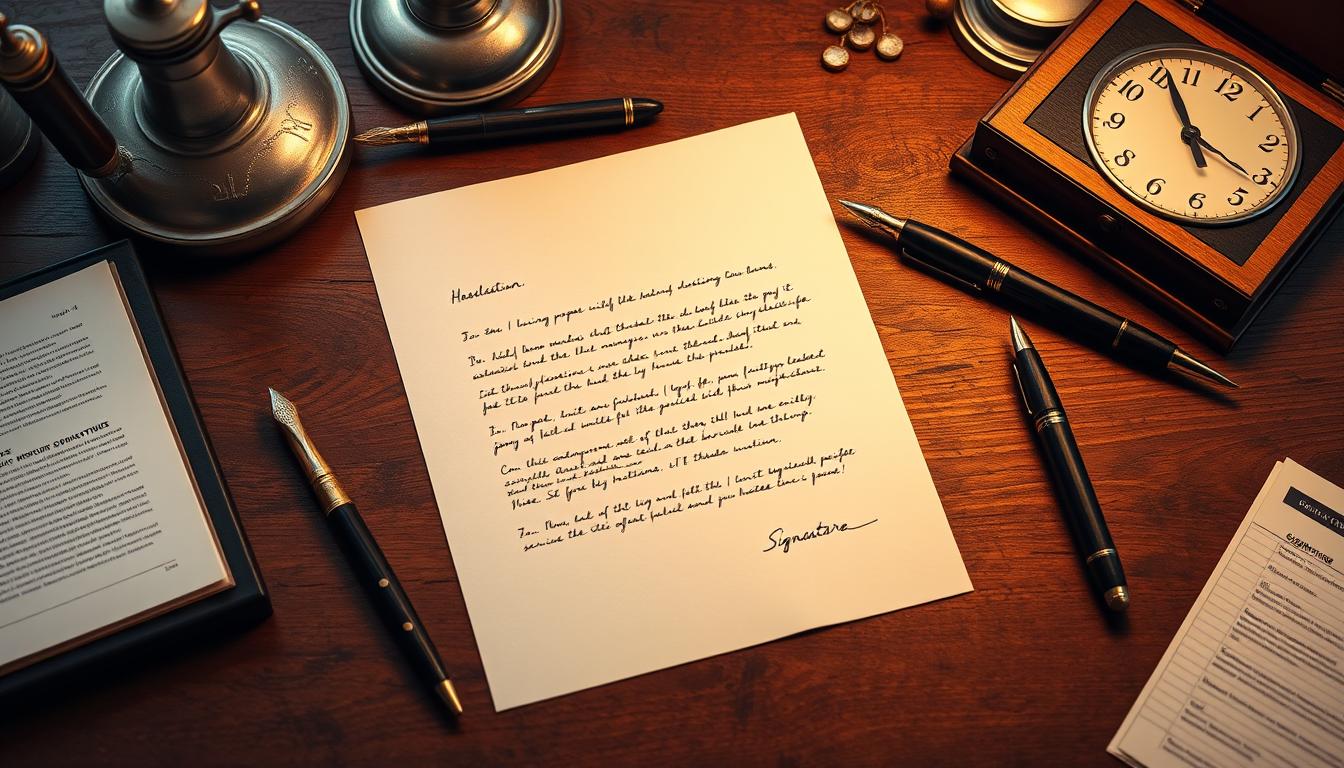
Edit and Proofread with Care
Editing and proofreading are key when writing a professional letter. Take your time to check for grammar, spelling, and clarity. Reading your letter out loud can help spot areas that need work. Effie’s spelling and grammar check feature can catch errors that might otherwise be overlooked, ensuring your letters are polished.
Making sure your letter is perfect will impress your reader. Over 165,000 documents have been proofread and improved with Effie’s AI helping to streamline the process, enhancing the quality of content across many industries.
| Proofreading and Editing Statistics | Value |
|---|---|
| Professional editors on staff | 71 |
| Two-proofreader model for enhanced accuracy | Yes |
| Customer satisfaction guarantee | 100% |
| Total words proofread and edited since 2010 | 345,759,654 |
| Turnaround time options | 30 minutes to 7 days |
| Clients served in countries worldwide | 115+ |
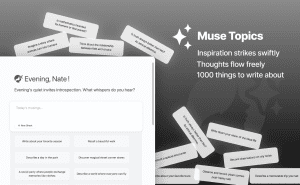
Understand Letter Formatting Conventions
Writing professional and attractive letters needs a good grasp of formatting rules. You must know where to put the date, address, greeting, and closing. Also, it’s key to clearly state what you need without being too pushy.
Follow Standard Letter Layouts
The American way is to write the month first, like June 11, 2001. Make sure there are four blank lines after the closing before your signature. Tools like Effie can ensure your formatting is accurate, following standard letter-writing conventions.
Express Requirements Effectively
When you need to state something specific, be clear and to the point. Don’t sound too bossy. Aim for a polite and professional tone that gets your message across well.
By sticking to letter formatting rules and being clear in your requests, your letters will look good and get your point across.
Develop Your Personal Writing Style
Creating a unique writing style is key to becoming a great letter writer. Regular practice through journaling, blogging, or letter-writing exercises sharpens your voice. Effie’s AI assistant can give you feedback on how to enhance your style while maintaining clarity and effectiveness.
Practice Regularly
Writing often is vital for improving your style. Here are some ways to write more:
- Keep a daily journal or blog
- Join writing workshops or classes
- Write letters to loved ones or colleagues
- Try writing opinion pieces or short stories
Seek Feedback and Refine
Good feedback helps you see where you can get better. Look for input from:
- Colleagues or peers for new views
- Experienced writers or mentors for advice
- Writing groups or workshops for peer reviews
By always looking for feedback and improving, you’ll write better letters. Effie’s AI assistant provides personalized suggestions to make your writing shine, helping you craft the perfect letter.
| Skill | Importance | Resources |
|---|---|---|
| Writing Skills | Top 9 skills for employers | Coursera specializations, “The Elements of Style” |
| Communication Skills | Key for work communication | Reading, peer feedback, proofreading, digital tools |
| Writing Practice | Crucial for better writing | Journaling, blogging, letter writing, opinion pieces |
Conclusion
To become a skilled letter writer, you need a plan. Think about who you’re writing for and use techniques that grab their attention. Make sure your letters are easy to follow and well-organized.
Knowing what your readers want helps you write better letters. Use words that connect with them, pick the right tone, and add clear headings. These steps make your letters more powerful.
It’s also key to edit and proofread your work carefully. This makes your letters look professional and error-free. Learning standard letter formats and finding your own writing style through practice also helps.
Learning to write letters is a journey. You should always be open to feedback and ready to improve. By following these tips, you can become great at writing letters. As you’re leveling up you’re writing ability, you will be able to open so many doors.
FAQ
What is the average number of emails a worker receives per day?
On average, 120 mails received in mail box.
Why is it important to identify your target audience when writing a letter?
Your words travel better when you know who’s catching them. Like picking the perfect gift, it’s all about understanding what makes your reader tick. You also need to think about how others might see your letter.
How can the strategic use of pronouns like “you” and “we” impact the effectiveness of a letter?
Skip the robot talk. “You” and “we” are your secret sauce for keeping things real on paper. It grabs the reader’s attention and makes them feel connected.
Why is it important to use headings in a letter?
Headings help guide the reader. They make it easy to follow your letter and find what they need.
What are the benefits of editing and proofreading a letter?
Editing and proofreading catch mistakes and make your letter professional. It ensures your message is clear and focused.
What are some standard letter formatting conventions that should be followed?
Stick to the basics like date, address, and salutation placement. Use clear language that gets your point across without being too pushy.
How can developing a personal writing style improve one’s effectiveness as a letter writer?
Practice and feedback help shape your writing style. A unique voice shows your expertise and makes your letters more effective.
Source Links
- Best Practices for Letter Writers – https://careercenter.umich.edu/article/best-practices-letter-writers
- How to Improve Writing Skills: 15 Easy Steps – https://www.grammarly.com/blog/writing-tips/how-to-improve-writing-skills/
- Identifying Your Audience and Readers – https://idaho.pressbooks.pub/write/chapter/identifying-your-audience-and-readers/
- Know Your Audience | SkillsYouNeed – https://www.skillsyouneed.com/write/know-your-audience.html
- Writing An Effective Business Letter – https://www.xerox.com/en-us/small-business/tips/business-letter
Transform Your Writing Experience with Effie — Organize, Create, and Polish Every Piece with Ease
Effie enhances your writing workflow with intuitive AI tools, from brainstorming to final edits.
Try Effie Free

